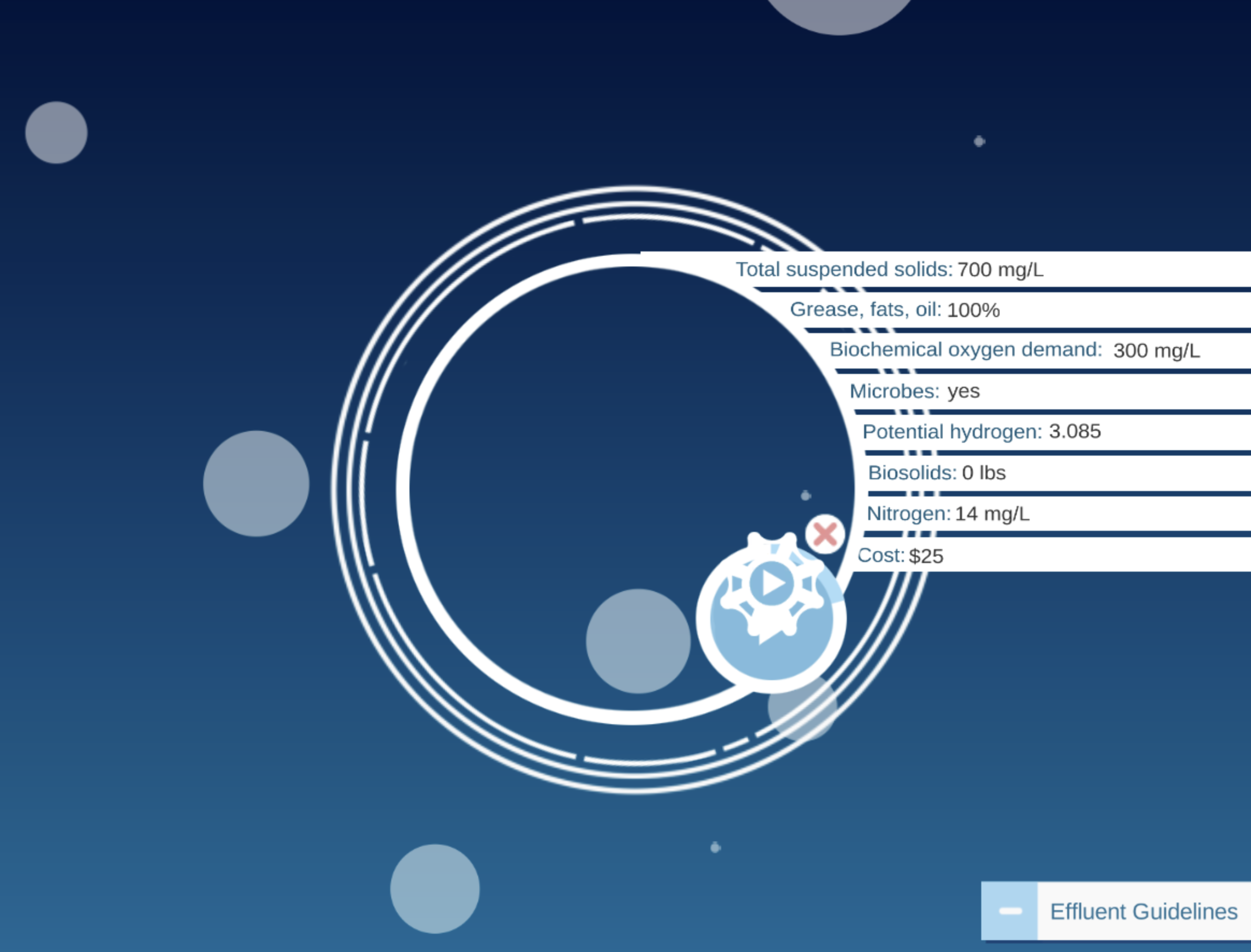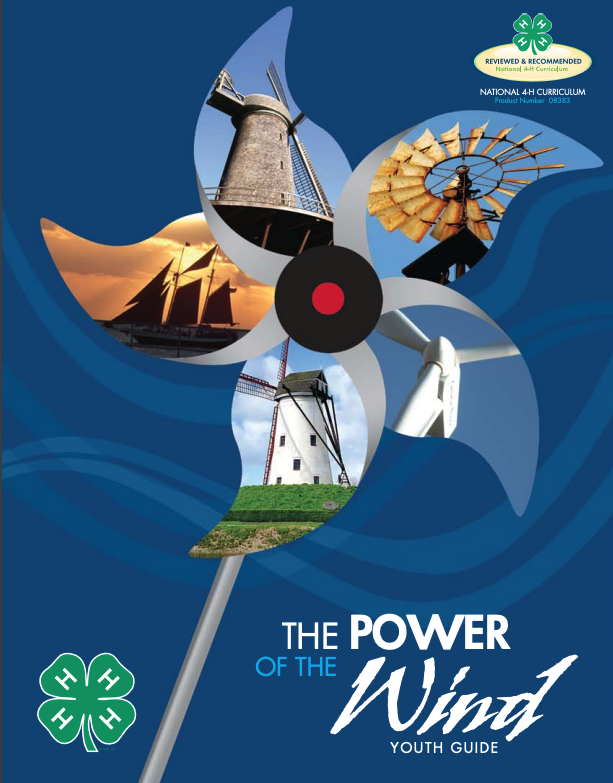Featured Projects

Food Flows
Food Flows is a visualization system mapping food flows between counties in the United States. The underlying data modeled by the system is generated by the Food Flow Model, a data-driven methodology to estimate spatially explicit food flows.

Environmental Pathways
Learning pathways are Next Generation Science Standards-aligned units that integrate environmental education into required science content, allowing today's youth to think deeply about local environmental issues. Our pathways have been designed following the storyline model, so that each unit is motivated by a puzzling event and driven by student questions. As environmental education curriculum, these storylines emphasize problem-solving, taking local action, and fostering students' sense of connection to their local communities.

Groundwater Education
The Groundwater Education project is a web-based application which allows students to simulate the impacts of groundwater withdrawal on the water table and streamflow. Hypothetical scenarios are used to illustrate water conflicts between urban and farming use. Students can run simulations using real models developed by researchers at the University of Illinois. They can view the impacts of human activity on the water table and learn about the dynamic interactions between stream and aquifer. This applet was developed as part of "Improving Prediction of Subsurface Flow and Transport through Exploratory Data Analysis and Complementary Modeling," Award No. 0943627, supported by NSF, Hydrologic Science Program.

Illinois Climate Action Plan (iCAP) Portal
The iCAP Portal is a website designed to help the University communicate its progress in implementing the Illinois Climate Action Plan, the University of Illinois at Urbana-Champaign's roadmap to a new, prosperous, and sustainable future for the University. The Illinois Climate Action Plan was signed in May 2010 as part of the University's commitment to the American College & University Presidents' Climate Commitment, which the University signed onto in 2008. By signing this commitment, the University has pledged to become carbon-neutral by 2050. Check out the iCAP Portal and discover what actions the University of Illinois has been taking to become a more sustainable campus!

BeeSpotter
BeeSpotter is a partnership between citizen-scientists and the professional science community designed to educate the public about pollinators by engaging them in a data collection effort of importance to the nation. It is a web-based portal at the University of Illinois for learning about honey bees and bumble bees and for contributing data to a nationwide effort to baseline information on population status of these insects.

MSTE Friday Lunch
MSTE Friday Lunch guest lecture seminars take place during the Spring and Fall semesters and feature a math, science, technology, and/or education-related discussion. Many weeks have a scheduled speaker/activity, and the remaining weeks are dedicated to discussion of math/science/education topics brought by participants. All are welcome to participate!

Cyber Resilient Energy Delivery Consortium (CREDC) Education
The CREDC Education team continues the work of the Trustworthy Cyber Infrastructure for the Power Grid (TCIPG) Education project. The team develops interactive lessons and activities designed to link researchers, educators, consumers, and students. The materials illustrate challenges, trade-offs, and decisions required for secure and economical power delivery. The project seeks to involve families learning together while creating interest in STEM disciplines and careers. The project website offers a series of hands-on and virtual energy related activities and challenges.

GIC Hazard Prediction
Led by Dr. Thomas Overbye, this project is intended to improve the scientific understanding of the processes governing the impacts of severe solar storms on our power distribution system. The team is studying the relationship between solar wind drivers and magnetic field perturbations on the ground, developing improved models of induced electric fields, and enhancing prediction capabilities for GIC hazards. The team is developing algorithms that both advance the science of induced electric fields and operate as a predictive tool of GIC hazards in the bulk power system, including transformer heating and damage and loss of voltage stability. Impact models are being developed, enhanced, and validated to provide better prediction of the effects of GMDs on power systems for both real-time response and longer-term resilience.

Project Clarify
As a nation, we are poised to spend nearly 100 billion tax dollars to make improvements to our drinking and wastewater systems, yet where our water goes after it leaves the home is not well understood by most Americans. The goal of Project Clarify is to demystify the wastewater treatment process by providing students with the opportunity to design and test solutions for wastewater treatment, emulating the engineering processes that occur at wastewater treatment facilities all around the nation. Students will model the wastewater treatment process using first a computer-based simulation, followed up by hands-on laboratory sequences.

Project NEURON
Project NEURON was an active NIH-SEPA project from 2009-2015.Project NEURON's core mission was to develop middle and high school science curriculum materials that emphasize inquiry and active learning. The completed units address science education standards, including the Next Generation Science Standards, within the context of biology research performed on the University of Illinois at Urbana-Champaign campus. Project NEURON was primarily funded by a Science Education Partnership Award (SEPA; Award No.: R25 RR024251-03; R25OD011144 and a SEPA supplement grant) from the National Institutes of Health (NIH) Office of the Director Division of Program Coordination, Planning and Strategic Initiatives, Office of Research Infrastructure Programs.

The Power of the Wind
The Power of the Wind is a set of curriculum materials to help teach students about wind power. It includes several small projects that are designed to teach about the wind and its uses while introducing engineering design and engaging learners in doing, testing, reflecting and revising. These instructional resources are appropriate for learners ages 8-adult. They are designed to reflect the goals of the 4-H Youth Development Program, which promotes learning by-doing and focuses on developing skills for a lifetime and are aligned to National Standards in Mathematics and Science. The materials were developed by Jana Sebestik in consultation with Sue Larson, Bill Million, and George Reese.

Mathematics Materials for Tomorrow's Teachers (M2T2)
Mathematics Materials for Tomorrow's Teachers (M2T2) are a set of mathematics modules created in the spring of 2000 by a team consisting of teachers, administrators, university researchers, mathematicians, graduate students, and members of the Illinois State Board of Education. The modules are for use by trained "teachers of teachers," most often from Illinois's Regional Offices of Education, to use for in-service with mathematics teachers around the state. There are five modules. Each module is connected to one of the goals for mathematics in the Illinois Learning Standards. The content is at a middle school level.